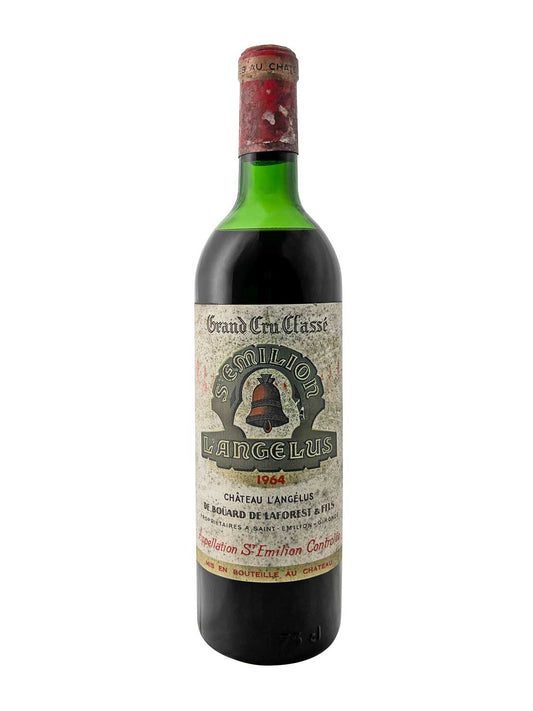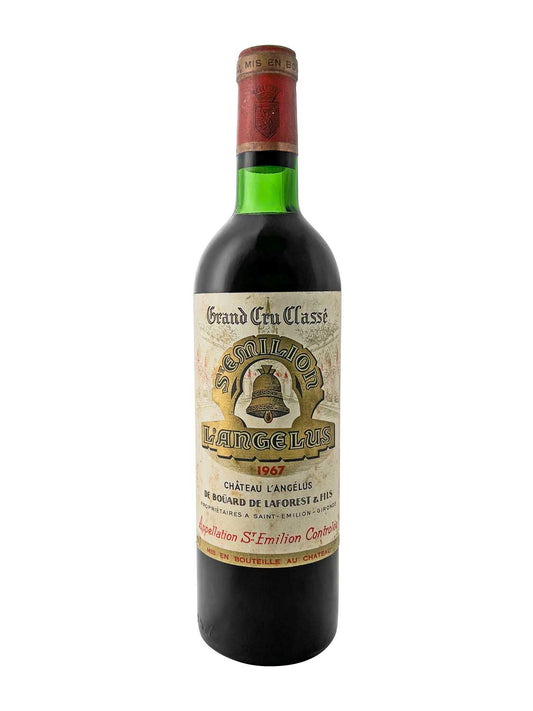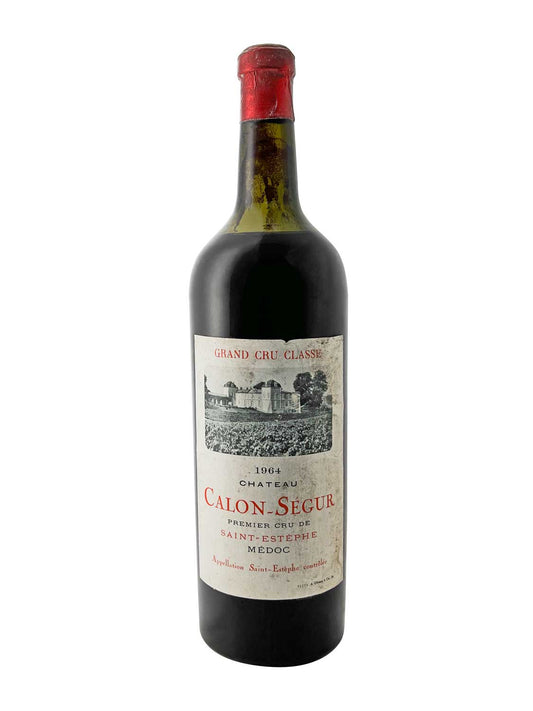
Wine faults: causes, types and how to recognize them
A comprehensive guide to wine faults
Wine is a complex natural product influenced by numerous factors. Despite careful production, undesirable wine defects can occur that significantly impair taste, aroma, and quality. Understanding wine defects is essential—for both winemakers and wine collectors—to identify poor wines, avoid defects, and accurately assess a wine's quality. In this blog post, you'll learn everything you need to know about wine defects: what they are, what types there are, how to identify them, and what causes them.
1. What are wine faults?
Wine faults are undesirable changes in the taste, aroma, or appearance of a wine that can occur during production, storage, or bottling. They differ from typical flavor nuances and are usually due to chemical or microbiological changes. While some faults only impair the enjoyment, others can make the wine undrinkable.
The goal of winemaking is to produce a pure and harmonious wine. Despite modern technology and strict controls, errors can occur that can reduce the value of a wine or even ruin it completely.
2. The most common types of wine faults
Here we present the most important wine faults, their causes and typical characteristics:
a) Cork taste (cork taster)

Cause: The cork taint is caused by wine coming into contact with TCA (trichloroanisole), a chemical contaminant in corks. This is usually caused by contaminated wood or cork materials.
Characteristics: A musty, damp cardboard or wet newspaper smell; sometimes also a slightly moldy note. The taste is stale and cloudy.
Recognition: Upon tasting, the unpleasant musty taste is immediately noticeable. Often, the cork taint is only present in individual bottles.
Also read: How much do wine corks cost?
b) Vinegar smell (acetic fault)
Cause: Microbial activity (e.g. acetic acid bacteria) produces acetaldehyde and acetic acid in the wine.
Characteristics: Strong smell of vinegar or nail polish remover; sometimes also a sharp acidic taste.
Identification: The smell is very intense and unpleasant; the wine tastes sour and metallic.

c) Oxidation
Cause: Contact with oxygen during production or storage leads to oxidation of the wine.
Characteristics: Color change (from ruby red to brown), musty smell, stale taste, loss of fresh fruit aromas.
Recognition: The wine appears flat, lifeless and often has a sherry-like character.
Also read: How old can wine get?
d) Brettanomyces (Brett)
Cause: A special type of yeast called Brettanomyces can develop in wine, especially if it is stored improperly.
Characteristics: Smell of horse stable, leather, game; sometimes also a slightly rotten undertone.
Recognition: The smell is intense and, depending on its intensity, can severely impair enjoyment.
e) Sulfides (sulfur defects)
Cause: Excessive use of sulfur dioxide during vinification or insufficient aeration leads to sulfur compounds in the wine.
Characteristics: Smell of rotten eggs, skunk or boiled egg.
Detection: The smell of sulfur is clearly noticeable; it often disappears after ventilation.

f) Fermentation defects
Cause: Incomplete fermentation or contamination during alcoholic fermentation leads to undesirable by-products.
Characteristics: Possible off-notes such as unripe fruit aromas or fermenting odors; sometimes also mold or musty notes in cases of contamination.
3. Causes of wine faults
Do you understand the causes behind the errors? Here's an overview:
Unclean cellar technology: Poor hygiene during processing and storage promotes microbiological contamination.
Poor storage conditions: Temperature fluctuations, light or oxygen contact promote oxidation and microbial contamination.
Quality defects in raw materials: Poor grape quality can lead to fermentation problems.
Improper handling of corks: Contaminated corks cause cork taint.
Incorrect vinification techniques: Excessive use of sulfites or uncontrolled fermentation processes increase the risk of defects.
Conscious handling in every production phase is crucial to avoid wine defects.
4. How do you recognize a wine fault?
The detection of a wine fault is usually done through sensory perception – the sense of smell and taste are crucial here:
Smell test: Smell the glass – unpleasant odors such as musty, rotten, vinegary or sulfurous indicate defects.
Taste test: Taste carefully – a stale, sour or bitter taste often confirms a fault.
Visual inspection: Color changes such as browning in white wine or cloudiness can be indications.

If you are unsure, it is often helpful to compare it with a well-known “good” wine or to get a second opinion.
5. What to do if the wine is suspicious?
If you suspect that a wine has a defect:
Do not consume: If there are strong off-notes, you should not drink the wine.
Return to the retailer: Many retailers accept returns of faulty wines – especially unopened bottles.
Contact the producer: For larger quantities, it is worth getting feedback from the winemaker.
In some cases, it may be helpful to send a sample to a specialist laboratory to determine the exact cause.

6. How can you avoid wine faults?
For winemakers, prevention is better than cure. Here are some tips:
- Cleanliness & Hygiene: Clean basement equipment regularly.
- Quality control of raw materials: Use only healthy grapes.
- Create optimal storage conditions: constant temperature (12–16°C), darkness and low oxygen supply.
- Careful handling of corks and closures
- Carry out controlled fermentation processes
Wine collectors can also help prevent oxidative defects by storing wine correctly (cool, dark).
Also read: How long can you store white wine?
Conclusion: Awareness of wine faults increases the quality of enjoyment
While faults in wine are a common occurrence in the world of wine, they can be identified and avoided with the right knowledge. For winemakers, this means continuous quality control and diligence at every stage of production. For wine collectors, it means tasting carefully and, when in doubt, playing it safe.
Understanding typical wine faults helps to improve and appreciate one's own wine enjoyment – because a faultless wine is the result of artisanal precision and passion for the product!








